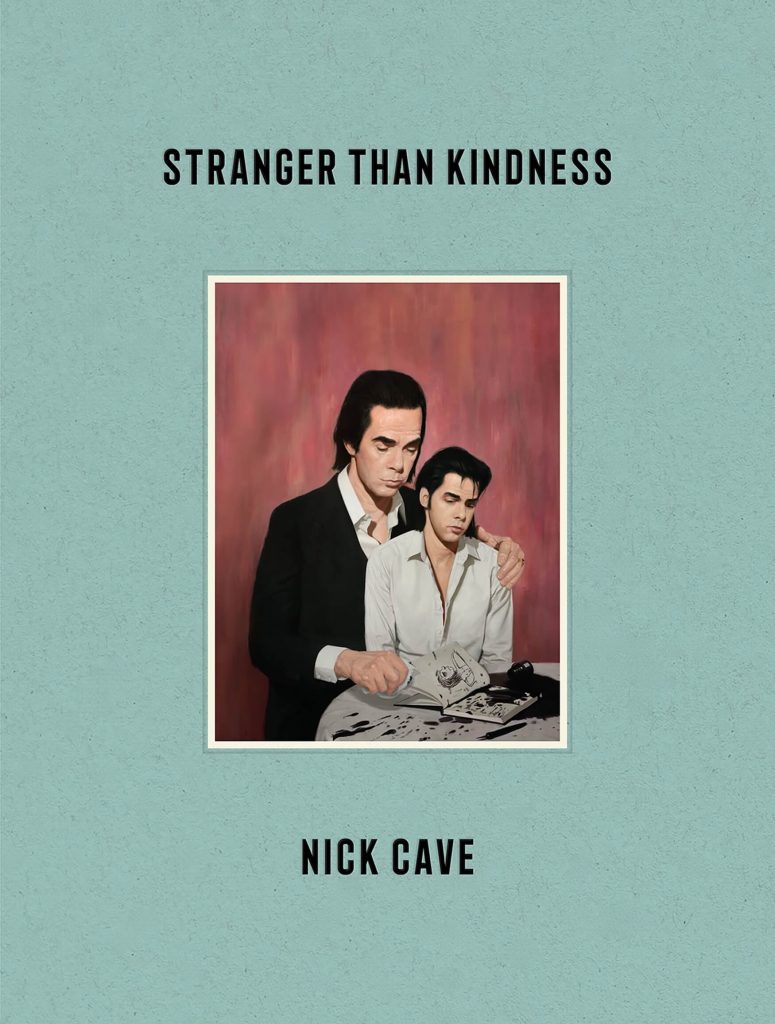

Significant crossover is evident between the themes in the book and the lyrics Cave wrote in the late stages of the Birthday Party and the early stage of his solo career. While he was based in West Berlin, Cave started working on what was to become his debut novel, And the Ass Saw the Angel (1989). It is a collection of lyrics and plays, including collaborations with American enfant terrible Lydia Lunch. He currently lives in Brighton & Hove in England.Ĭave released his first book King Ink, in 1988. His music is characterised by intensity, high energy and a wide variety of influences.

He has a reputation, which he disowns, for singing dark, brooding songs which some listeners regard as depressing.

He is best known for his work in the rock band Nick Cave and the Bad Seeds, and his fascination with American music and its roots.

(Mar.Nicholas Edward Cave is an Australian musician, songwriter, author, screenwriter, and occasional actor. This offering sheds new light on the complexity of Cave’s process and the range of disparate materials that can trigger an artist’s creativity. There are some truly stellar images, like the perfectly preserved scrap of paper on which he wrote the lyrics to his smash hit “Wild World” in 1982 and photographs of the handmade notebooks in which he wrote songs. You construct a narrative”), and family photos from the 1970s and ’80s. The music’s evolution is given plenty of context by the ephemera included (also the focus of a 2020 exhibition at the Royal Danish Library in Copenhagen, Denmark), among it more than 200 illustrations, a set of introductory notes by Cave reflecting on his process (“You are born. Cave’s band, Nick Cave and the Bad Seeds, recorded 17 albums after it was formed in 1983 and dabbled with alternative rock, experimental rock, art rock, post-punk, and gothic rock. Songwriter Cave compiles an assortment of his personal “peripheral stuff-drawings, maps, lists, doodles, photographs, paintings, collages, scribblings and drafts which are the secret and unformed property of the artist” in this fascinating look at the philosophical and religious underpinnings of his music.


 0 kommentar(er)
0 kommentar(er)
